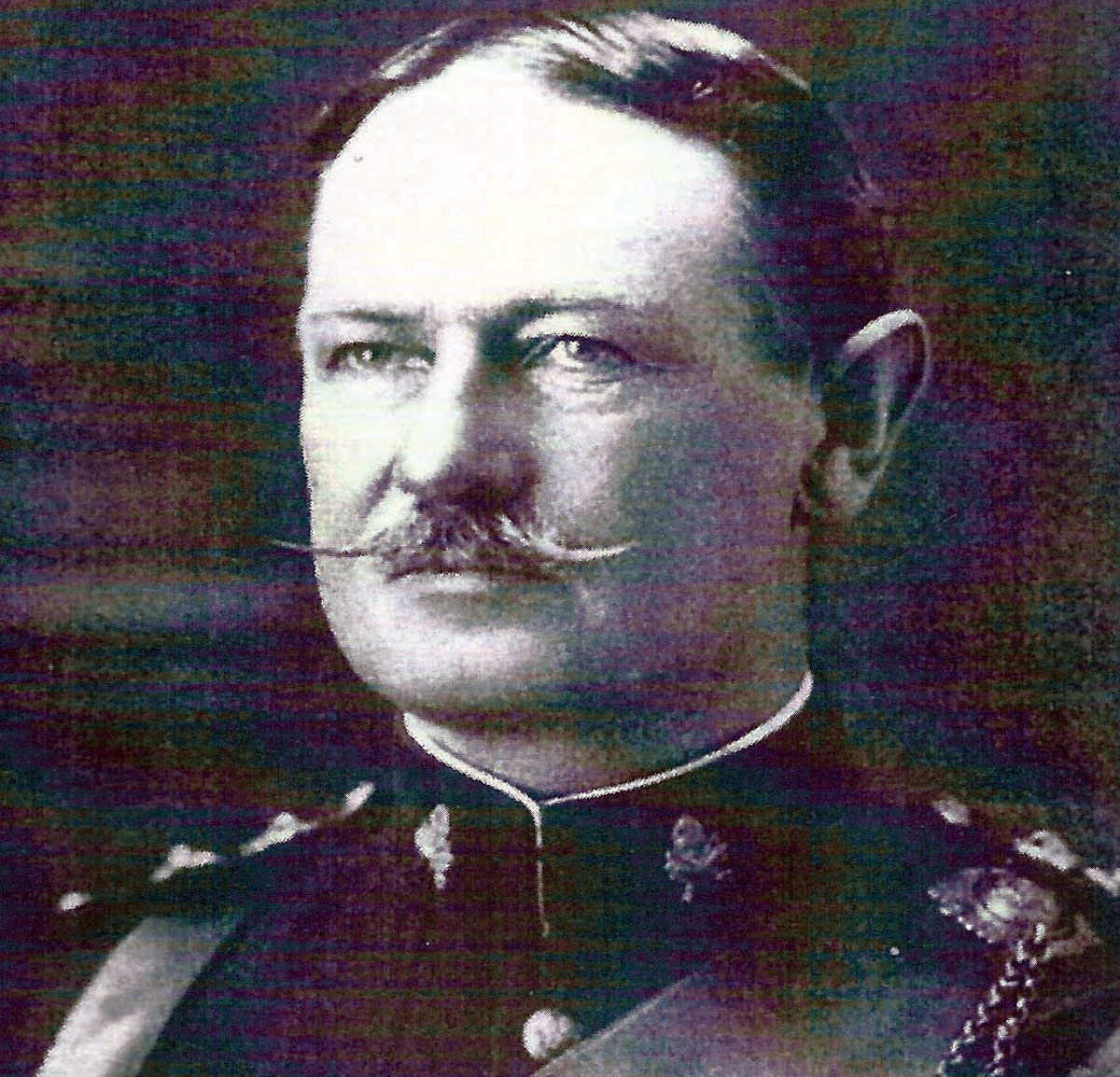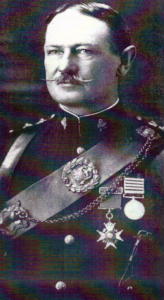James Alexander Kenneth Mackay was born on June 5th, 1859, at Wallendbeen, the child of Alexander Mackay and his wife Annie, nee Mackenzie, both Scottish born. His early education was undertaken at home, before further studies were taken at Camden College and Sydney Grammar School. His education would continue into his mid-twenties, when he attended H. E. Southley’s college at Mittagong. James was known for his athleticism and horsemanship. In 1885, James raised a volunteer cavalry troop known as the West Camden Light Horse, and was appointed as captain-in-command. Soon after, he would return home to Wallendbeen to aid his ailing father.
He was known for writing ballads and short stories in his time off. The 13th of March, 1890, he married Mabel Kate White at the Presbyterian manse, North Melbourne. James entered politics in 1895, as the member for Boorowa in the NSW Legislative Assembly, retaining the seat for Edmund Barton’s National Federal Party in 1898. He would serve as Vice President of the Executive Council in William Lyne’s Ministry, and was nominated to the Legislative Council in October to represent the government. James would retain the position under John See and Thomas Waddell, and remained a member of the council until 1933, when it was reconstructed. 1897 saw the revival of the unpaid volunteer component of the NSW Military forces, and James sought to raise a regiment of cavalry in the rural areas of the Colony.
The regiment would be called the First Australian Horse, and its first troop would be raised in his own electorate, namely in the twin towns of Harden – Murrumburrah. James, or Captain Mackay, visited the rural centre in August 1897 to recruit and enrol members. Around 80 horsemen gathered on the local racecourse, with all but a quarter selected to form the local half squadron. In November of that year, the Harden – Murrumburrah Half Squadron of the 1st Australian Horse held a parade for the final selection, with all men passed by Lieutenant and Adjutant Thompson. The Boer War saw a composite squadron from the regiment sent to South Africa, but James’ rank and seniority meant he was unable to accompany it. He instead resigned his position and assumed command of the NSW Imperial Bushmen’s Contingent which sailed from Sydney in April 1900. They sailed to Rhodesia and were placed under the command of Sir Frederick Carrington. In July they moved to Mafeking and into western Transvaal. Over the following three months, James road over 550 miles, living in the open amongst the men he led. He was growing tired of Carrington’s supposedly poor command and was in shock at the death of his brother-in-law with whom he served. Outside Zeerust, he was injured after his horse fell and was sent to Cape Town, where he was appointed chief staff officer for the Australian contingents. During this time, he stood for the first Australian Senate, but failed to attain a position.
He would return to Australia in July 1901, where he was appointed Companion of the Order of the Bath and given the honorary rank of colonel. From 1906 to 1907, James was chairman of a royal commission into the administration of Papua, a report which was presented in 1907. Given his eternal interest in military matters, he was given command of the 1st Australian Light Horse Brigade in 1912. He oversaw its reorganisation into the 3rd Australian Light Horse Brigade. James commanded the military parade at Canberra in 1913 for the setting of the foundation stone and the naming of the city. At the time of World War One’s commencement, James was too old for active duty, and was appointed to raid an Australian Army Reserve from returned soldiers. He would be appointed Order of the British Empire in 1920. Later that year he would retire from the Australian Military Forces with the honorary rank of major general. James never lost his affinity for the bush, and lived on the family property up until his admittance to Cootamundra District Hospital in 1935. He died on November 16 of that year.


